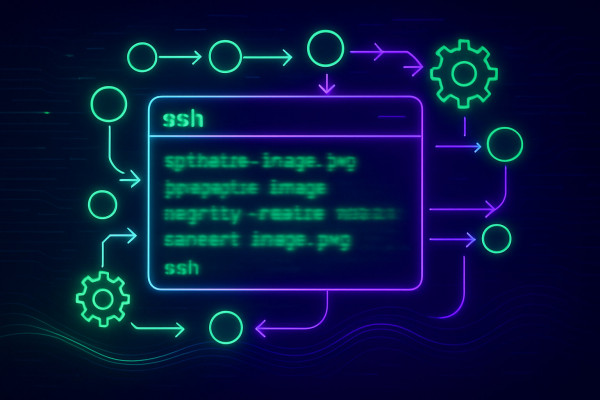Free AI tools for designers
May 9, 2025
AI is revolutionizing the design industry empowering designers with an array of powerful tools to streamline their workflows and enhance…
The rapid evolution of image formats has given web developers a wealth of options to optimize their websites for faster loading times and better visual quality. Among the contenders in the race for the best image compression are AVIF, WebP, and JPEG XL. These modern formats promise superior compression and quality compared to the venerable JPEG, but each has its own strengths and weaknesses.

AVIF (AV1 Image File Format) is a relatively new entrant, based on the AV1 video codec developed by the Alliance for Open Media. It leverages advanced compression techniques to achieve smaller file sizes than older formats like JPEG, without sacrificing image quality. AVIF supports both lossy and lossless compression, as well as advanced features like high dynamic range (HDR) and wide color gamut.
One of the biggest challenges for AVIF is its limited browser support. While it's supported by most modern browsers, including Chrome, Firefox, and Opera, Safari and older browser versions may still struggle with AVIF images. This can be mitigated by providing fallback options, but it adds complexity to web development workflows.
WebP, on the other hand, has been around since 2010 and enjoys wider browser support, including partial support in Internet Explorer and Safari. Developed by Google, WebP offers both lossy and lossless compression, with file sizes that are typically 25-35% smaller than equivalent JPEG images.
While AVIF generally outperforms WebP in terms of compression ratio and image quality, the differences can be marginal in some cases. JPEG XL, a successor to the venerable JPEG format, offers improved compression over its predecessor while maintaining compatibility with existing JPEG decoders. It also supports features like lossless compression, HDR, and wide color gamut, making it a compelling choice for high-quality imaging applications.
When choosing between these formats, web developers must consider factors such as browser support, file size, and visual quality. AVIF may be the most future-proof option, but its limited adoption could impact compatibility. WebP offers a good balance of compression and compatibility, while JPEG XL promises to be a worthy successor to JPEG, with improved performance and new features. Ultimately, the choice will depend on the specific requirements of the project and the target audience's browser landscape. For more information, check out the Mozilla Developer Network documentation.

May 9, 2025
AI is revolutionizing the design industry empowering designers with an array of powerful tools to streamline their workflows and enhance…

May 5, 2025
Optimizing images has become a necessity for web developers and content creators alike With the rise of high-resolution displays and…

May 4, 2025
Freepik the popular design asset marketplace has recently unveiled F Lite an 'open' AI image generator trained on licensed data…